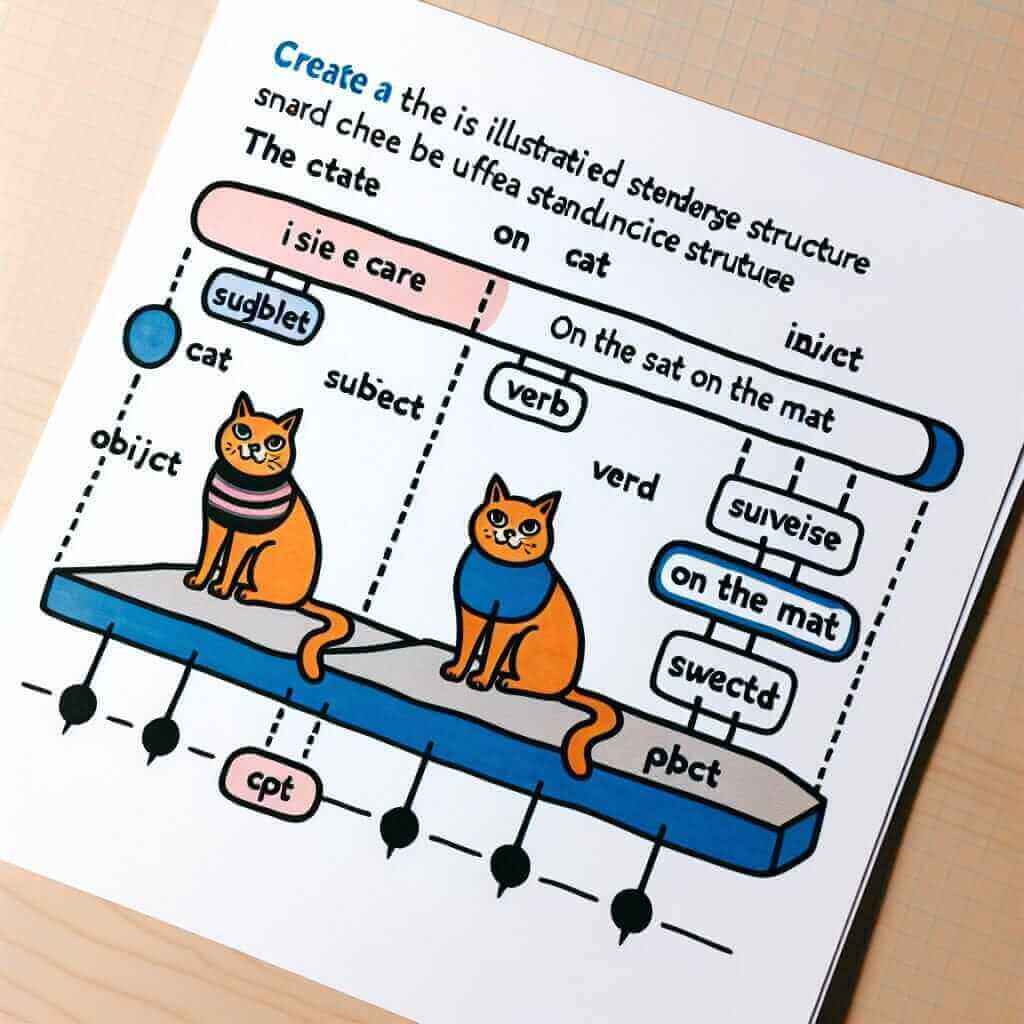“Only by working together can we succeed” – a phrase we often hear, emphasizing the power of collaboration. This structure, known as inversion, is a powerful tool to elevate your IELTS writing and speaking, demonstrating a sophisticated grasp of English grammar. Let’s explore how to use it effectively:
Example Sentences:
- Only by understanding the local culture can tourists truly appreciate their travel experiences. (This sentence emphasizes the importance of cultural understanding for tourists.)
- Never before had the company witnessed such a surge in sales. (Here, the inversion emphasizes the unprecedented nature of the sales growth.)
- Not only did she excel in academics, but she was also a gifted athlete. (This sentence highlights the multifaceted talents of the individual.)
## Understanding Inversion in IELTS
Inversion is a grammatical structure where the auxiliary verb comes before the subject. This deviates from the typical subject-verb-object order, creating emphasis and adding a touch of formality to your language. While relatively infrequent in everyday speech, mastering inversion is key to achieving a higher band score in IELTS, showcasing your command over complex grammatical structures.
## Mastering the Mechanics of Inversion
Here’s the formula for using inversion:
[Negative or Limiting Adverbial] + Auxiliary Verb + Subject + Main Verb + …
Let’s break it down:
- Negative or Limiting Adverbial: This includes words like “only,” “never,” “rarely,” “not only,” “hardly,” “scarcely,” “no sooner,” etc. They often introduce a condition or restriction.
- Auxiliary Verb: This depends on the tense of your sentence. Common examples include “do/does/did,” “have/has/had,” “is/am/are/was/were,” “can/could/will/would,” etc.
- Subject: The person or thing performing the action.
- Main Verb: The action being performed.

### Applying Inversion in IELTS Writing Task 2
In essay writing, using inversion effectively can demonstrate your ability to present arguments persuasively and with greater sophistication:
Example:
Original: The government should invest in renewable energy sources. Only then can we combat climate change effectively.
Inversion: Only by investing in renewable energy sources can the government effectively combat climate change.
Analysis: The inversion in the second sentence places a strong emphasis on the action the government needs to take, making the argument more impactful.
### Leveraging Inversion in IELTS Speaking
In the speaking test, using inversion can make your responses more engaging and demonstrate fluency:
Example:
Examiner: What are the benefits of learning a new language?
Candidate: Well, not only does learning a new language broaden your horizons, but it also enhances your cognitive abilities.
Analysis: The candidate uses inversion to highlight two distinct advantages, showcasing a good command of grammatical structures and vocabulary.
Elevating Your Score: Advanced Inversion Techniques
To further impress the examiner, consider these advanced applications:
- Inversion with Conditionals: “Were I to have more time, I would travel the world.” (This implies a hypothetical situation.)
- Inversion with “So/Such”: “So captivating was the scenery that I forgot to take pictures.” (This emphasizes the intensity of the experience.)
## Common Pitfalls and How to Avoid Them
- Incorrect Verb Placement: Ensure the auxiliary verb is placed before the subject.
- Overuse: Don’t overuse inversion; reserve it for instances where it adds genuine emphasis.
- Informal Context: Avoid using inversion in informal writing or speaking tasks as it may sound out of place.
Conclusion
Mastering inversion is like adding a sophisticated tool to your IELTS toolkit. It allows you to express yourself with greater clarity, emphasis, and grammatical finesse. Practice incorporating inversion into your writing and speaking, focusing on accuracy and appropriate context. Remember, the key is to use it judiciously and effectively to showcase your command of the English language.